Billions of dollars lost in the storm
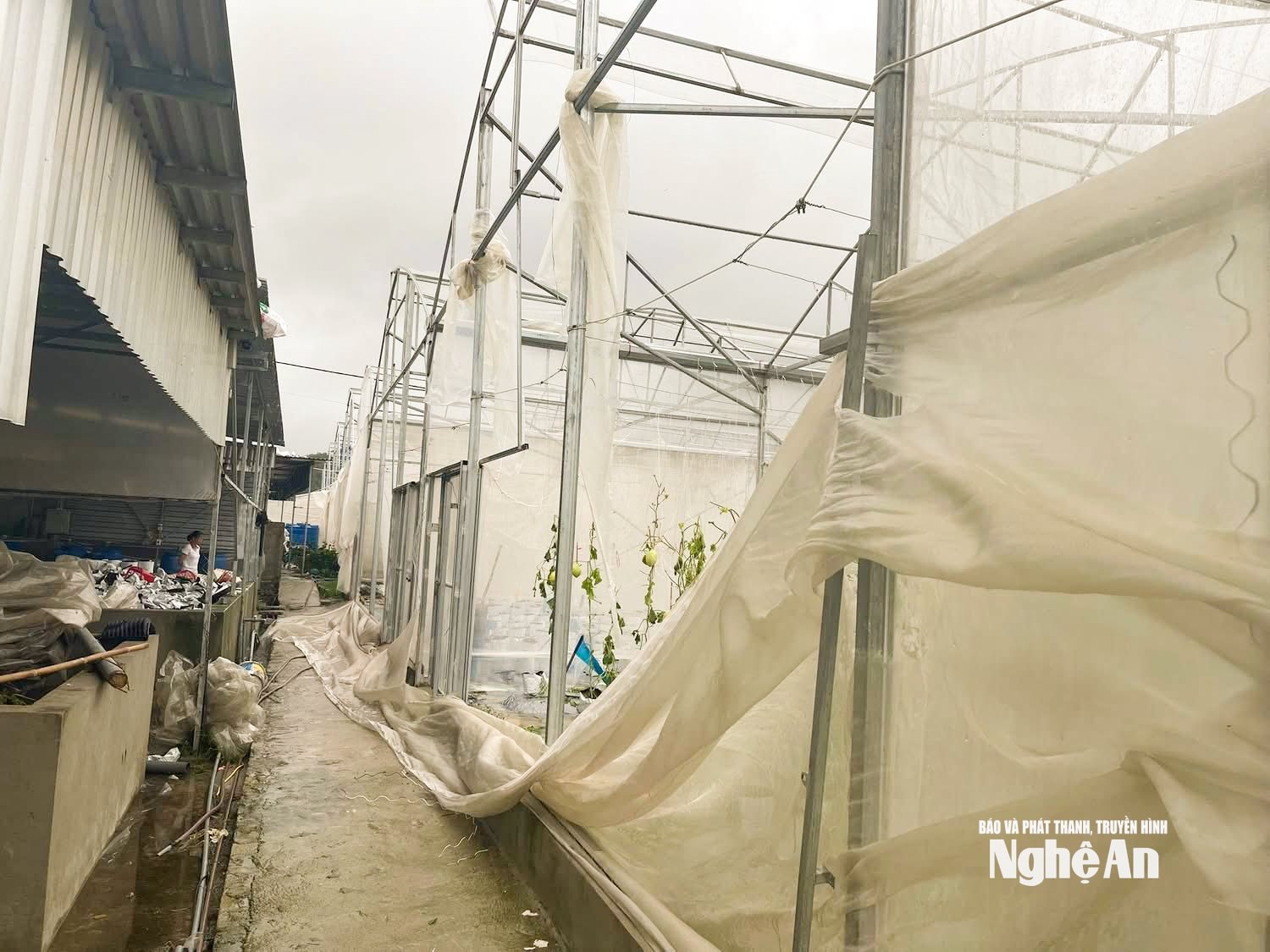
On the morning of August 26, in the fields of Than Linh commune, many people could not help but feel heartbroken at the sight of the 5,000m² greenhouse of Hung Long Cooperative devastated. More than 10,000 melon trees were in the harvest season when the storm hit, raging all night, causing the entire greenhouse roof to be blown away, the iron frame to tilt, and the water to flood the area. The trees were knocked down by the wind, and the fruit fell everywhere.
Mr. Bui Dinh Hoi - Director of Hung Long Cooperative said: "Before the storm, we pruned leaves, braced the greenhouse, bought tensioners and cables to anchor, but the strong winds and prolonged time caused everything to collapse. Now we just hope to quickly sell the ripe melons, salvage whatever we can. As for the young melons that have just been pollinated, we consider them a total loss."
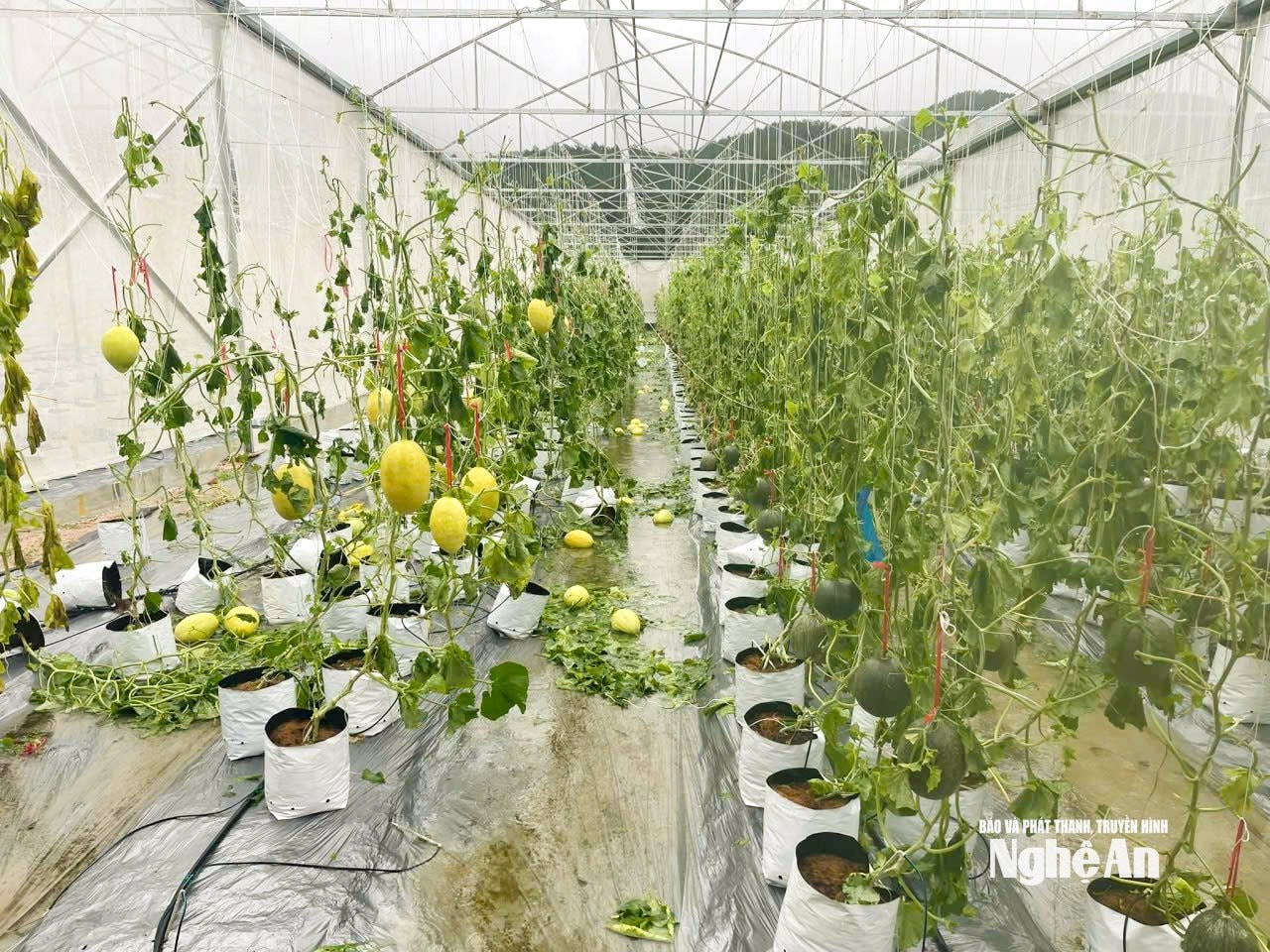
According to calculations, the total melon output of the cooperative is about 20 tons, of which 4 tons should have been harvested right after the storm, 2 tons on the 15th day of the 7th lunar month, 2 tons in the beginning of the 8th lunar month and 2,500 plants are being pollinated. The storm has caused the entire production plan to fail, with estimated losses of up to 1 billion VND.
Despite taking many preventive measures, after one night of the storm, Mr. Le Canh Hieu in Dai Hue commune was shocked when the entire 4,000m2 greenhouse worth billions of dong was destroyed. Iron frames and nets were piled up, pressing down on rows of ripe melons ready to be harvested. “The melons were ready to be cut and sold, but they were all crushed. After years of saving and investing in greenhouses to do clean agriculture , after just one night of the storm, we were left with nothing,” Mr. Hieu said, choking with emotion.
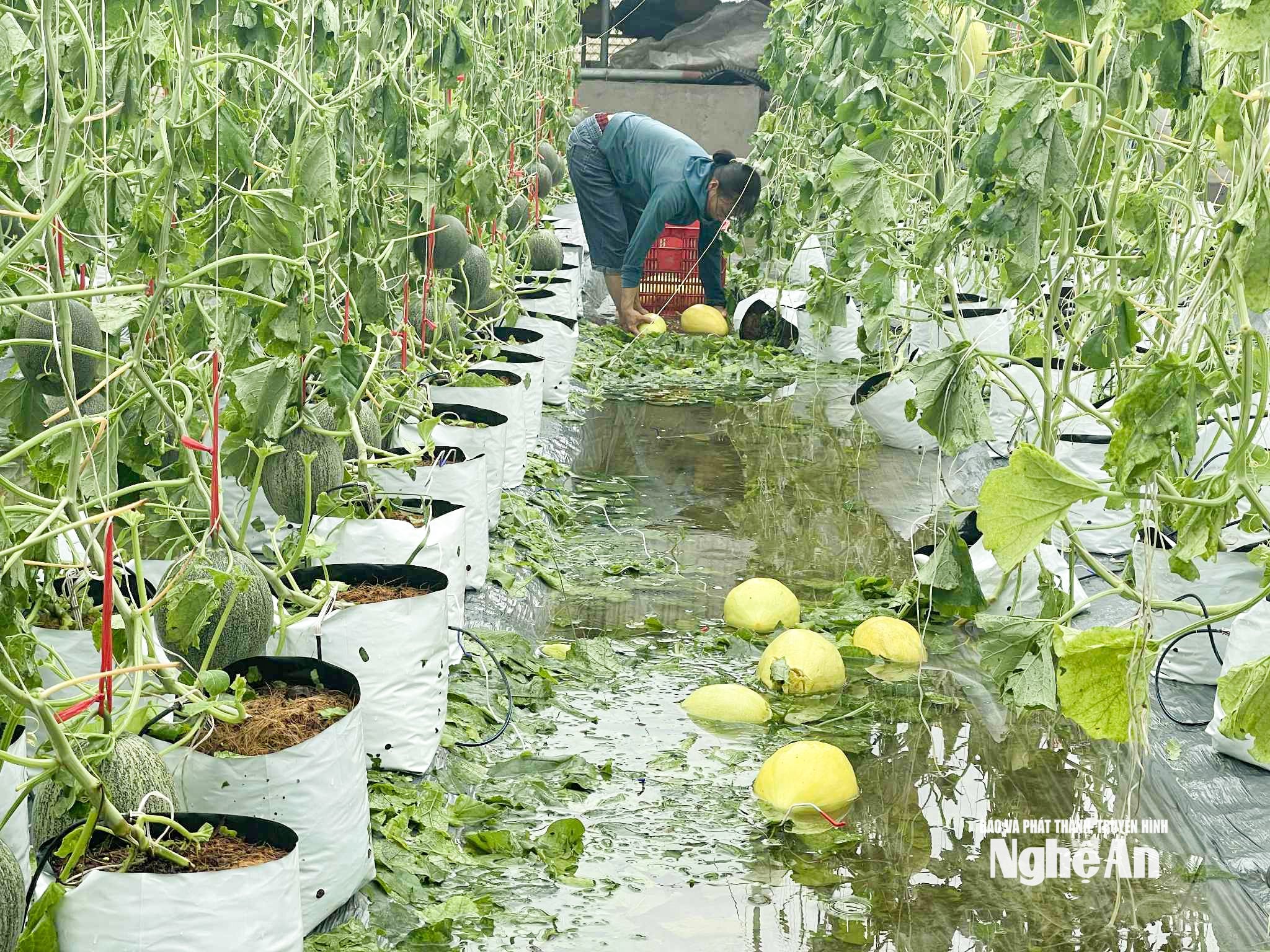
Not only Hung Long Cooperative or Mr. Hieu, Mr. Nguyen Kim Nam's family in Dai Hue commune also fell into a dire situation. Two 3,000m2 greenhouses in Dai Hue and Hung Tien were blown away by the wind, with the membranes, nets, and iron frames distorted. All the vegetables were crushed, and the melon area lost fruit en masse.
“The net was torn and unusable; the iron frame was warped and misaligned, so we had to cut it out and weld it back together to put it back together. The damage was several hundred million dong,” Nam shared.
Which direction for high-tech agriculture?
.jpg)
Greenhouses and net houses are considered a breakthrough solution in clean agricultural production, helping to control pests and diseases, limit risks from rain and sun, and improve productivity and quality of agricultural products. Over the past years, Nghe An has encouraged the development of this model, nearly 50 hectares of net houses and net houses have been built in many localities in the province...
However, storm No. 5 has exposed the biggest limitation of this type of production: vulnerability to severe natural disasters. When the storm winds reach level 10-12, the layers of plastic film and iron frames, no matter how strong they are, are difficult to support. People spend billions of dong to build greenhouses, but in just one night of storm, everything can be turned into scrap metal.
.jpg)
According to many farmers, the current difficulty is that the investment cost is too high, while there is no technical solution solid enough to protect against strong storms. Some models use solid steel frames, deep foundations, and windbreaks, but the roofs are still blown off and the trellises are still collapsed. Many households say that the risk of natural disasters makes them hesitate and do not dare to continue expanding their scale.
In addition, the damage is not only in the infrastructure, but also in the crops, seasons and markets. When the greenhouse collapsed, dozens of tons of melons and vegetables were crushed, forcing farmers to sell at a loss, sell early, and even "call for rescue" to salvage some of the crop. This directly affects income, as well as the reputation of clean agricultural products in the market.
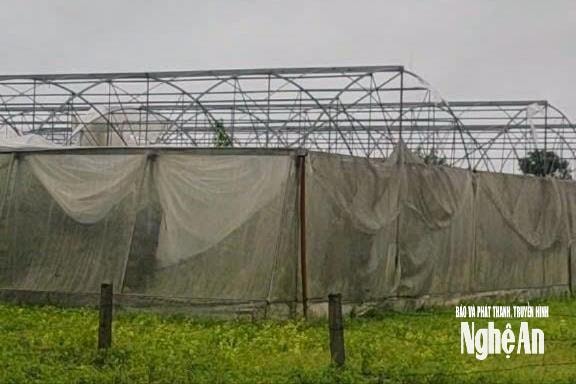
In the context of increasingly severe climate change, frequent strong storms, and heavy rains, the high-tech agricultural model in Nghe An is facing a difficult problem: How to develop sustainably and adapt to natural disaster risks?
In reality, investment in greenhouses and net houses in Nghe An currently relies largely on the self-capital of households and cooperatives, without an agricultural insurance support mechanism or a specific credit policy to reduce risks. When natural disasters strike, people almost have to bear the brunt of them. Many opinions say that for sustainable development, there needs to be synchronous solutions: from supporting research and applying new materials to withstand storms; providing technical guidance on bracing and designing greenhouses suitable for the conditions of the Central region; to risk insurance policies and preferential credit so that people have a fulcrum when natural disasters cause damage.
Source: https://baonghean.vn/sau-bao-so-5-nha-mang-nha-luoi-o-nghe-an-hu-hong-nang-nong-dan-thiet-hai-hang-ty-dong-10305284.html



![[Photo] Brilliant red of the exhibition 95 years of the Party Flag lighting the way before the opening](https://vphoto.vietnam.vn/thumb/1200x675/vietnam/resource/IMAGE/2025/8/27/e19d957d17f649648ca14ce6cc4d8dd4)
![[Photo] Prime Minister Pham Minh Chinh receives CEO of Samsung Electronics](https://vphoto.vietnam.vn/thumb/1200x675/vietnam/resource/IMAGE/2025/8/26/373f5db99f704e6eb1321c787485c3c2)
![[Photo] Prime Minister Pham Minh Chinh chairs meeting of National Steering Committee on International Integration](https://vphoto.vietnam.vn/thumb/1200x675/vietnam/resource/IMAGE/2025/8/26/9d34a506f9fb42ac90a48179fc89abb3)



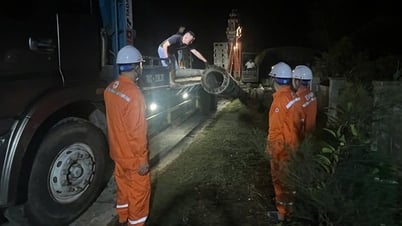






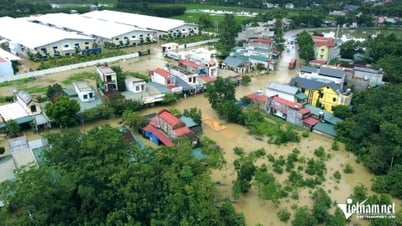

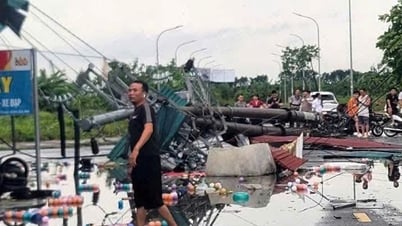





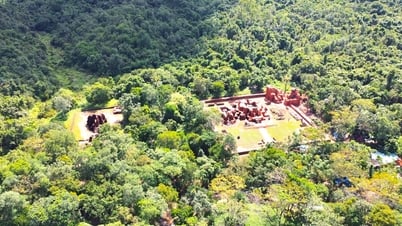

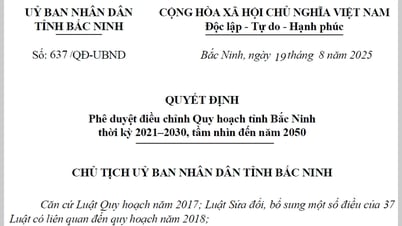








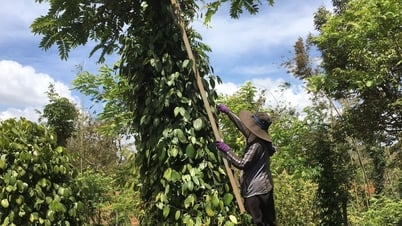
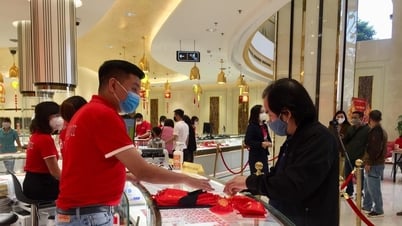
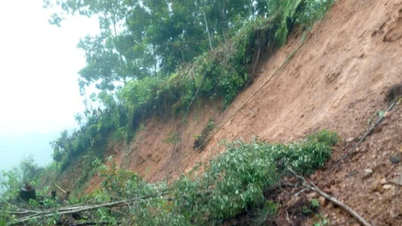

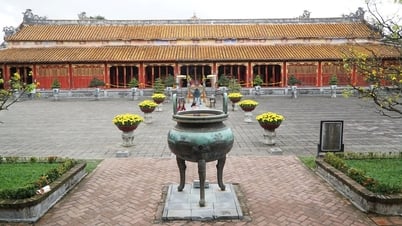

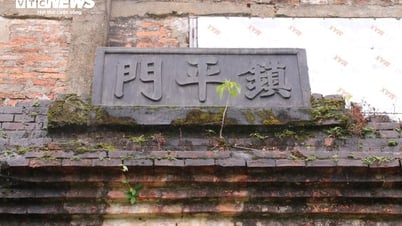







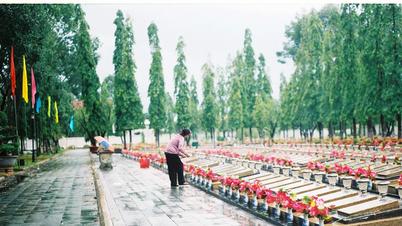













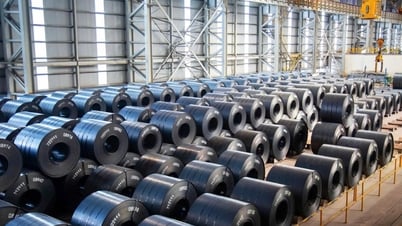











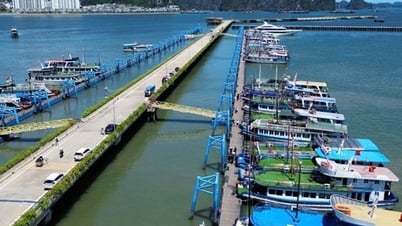
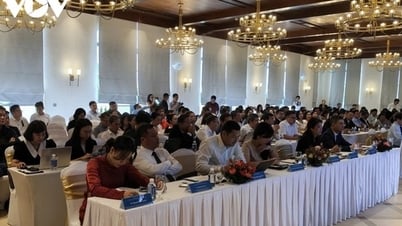

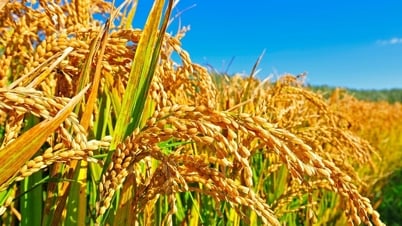
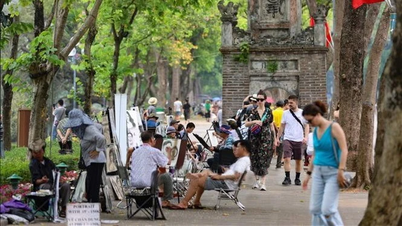





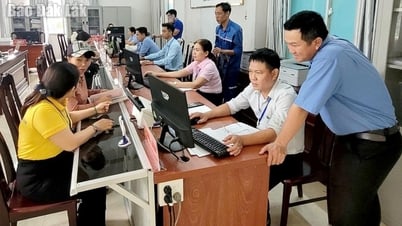















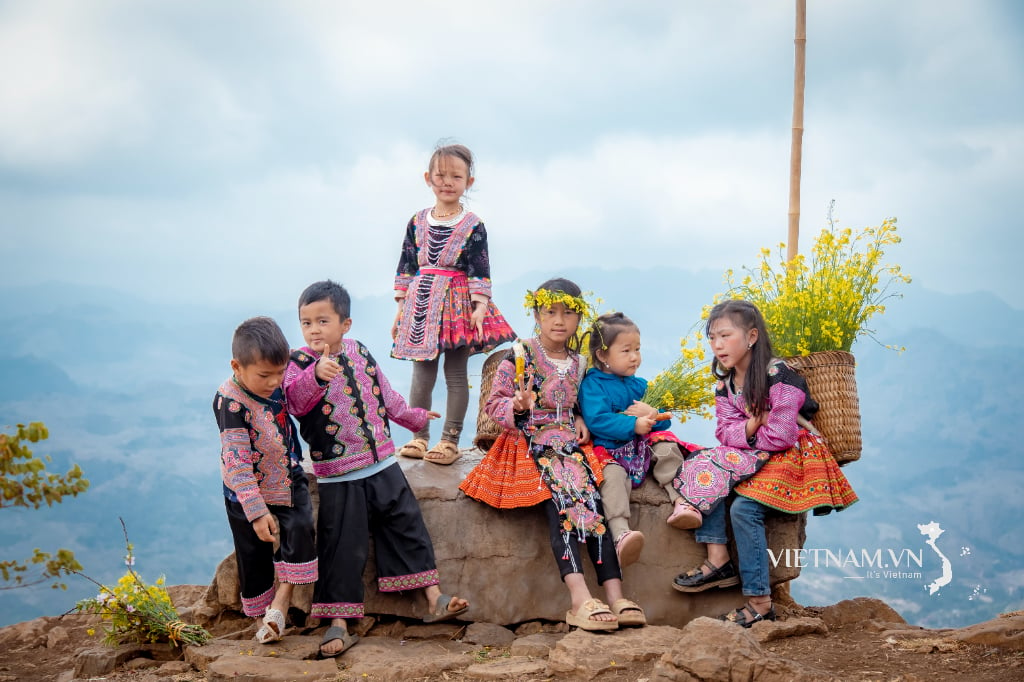
Comment (0)